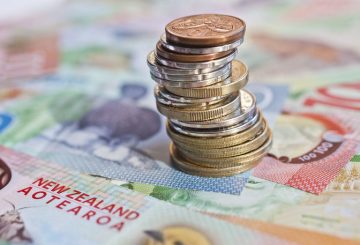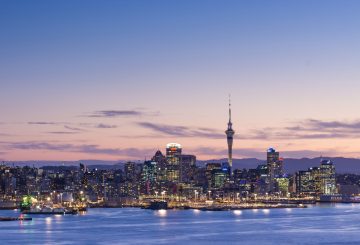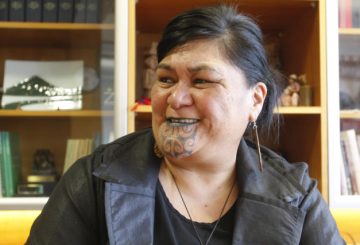Hon. Megan Woods 연구과학혁신부 장관은 오늘 경제 성과, 기후 변화, 교통 인프라와 웰빙과 같은 뉴질랜드인들이 관심을 갖는 주요 이슈들을 해결하는 것을 돕기 위해 올해의 엔데버 기금 수혜자들을 발표했다.
총 69개의 새로운 과학 연구 프로젝트가 뉴질랜드의 가장 큰 공모 대상 연구 기금을 통해 2억 4천 4백만 달러 이상의 상금을 받았다.
“올해 우리는 뉴질랜드가 저탄소 미래로 전환하는 것을 돕기 위해 1,300만 달러 이상을 투자했다. 오클랜드대학교가 주도한 ‘저탄소 미래를 위한 무선 동력 운송 인프라’와 같은 프로젝트는 차량에 무선 전력을 공급하는 데 필요한 기술을 개발할 뿐만 아니라, 우리가 COVID-19로부터 회복함에 따라 뉴질랜드 기업이 이 기술을 상용화할 수 있는 경제적 기회도 창출할 것이다”라고 말했다.
“Scion이 주도한 ‘심각한 산불: 우리의 새로운 현실 – 준비가 되었는가?’, Cawthron 연구소가 이끄는 ‘물고기 미래: 새로운 담수 생태계’ 포함하여 기후 변화와 관련된 위험을 해결하기 위한 연구에 1,100만 달러 이상이 투자되고 있다. “또한 te ao Māori 세계관이 우리의 연구에 통합되는 것이 중요하다. Manaaki Whenua의 ‘Te Weu o te Kaitiaki – 토착 재생 경로’ 프로젝트가 그 좋은 예이다. 생태계를 복원하고, 사람들을 제자리에 다시 연결하고, 지역사회를 위해 지속 가능한 경제 성장을 제공하기 위한 생물 문화 해결책을 다시 상상하기 위해 whakapapa 체계를 사용한다”라고 밝혔다.
자세한 내용은 MBIE 웹사이트를 참조하면 된다.






























































